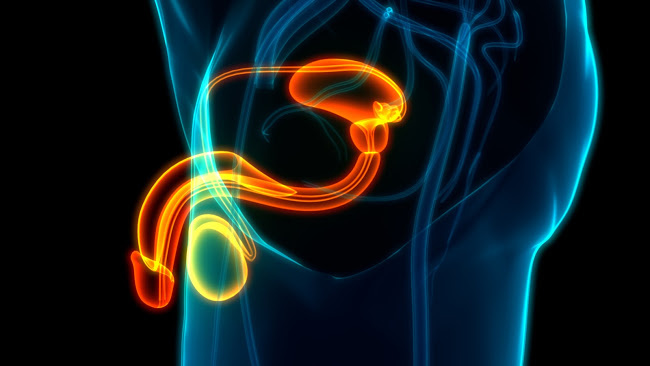
What are some artificial methods of ejaculation?
There are two main methods that can help men with spinal cord injury ejaculate.
• Penile vibratory stimulation (PVS). With this method, a vibrator is placed at the tip of the penis, triggering a reflex ejaculation.
Vibrators fall into two categories. High-amplitude vibrators, usually available by prescription only, tend to be more effective because they cover more surface area. Low-amplitude vibrators, often available over the counter, are another option. Other types of vibrators are only found in clinics.
Based on previous research, the Miami Project to Cure Paralysis estimates that 30% to 40% of men with spinal cord injury can ejaculate using a low-amplitude vibrator. For men who use a high-amplitude vibrator, the estimate is 55% to 85%.
Penile vibratory stimulation may take place in a doctor’s office or in the home.
Some men experience skin irritation, bleeding, or swelling when undergoing PVS. If this happens, the procedure should stop immediately.
• Rectal probe electroejaculation (RPE). RPE is an option for men who do can’t ejaculate through penile vibratory stimulation. In this procedure, a doctor inserts an electrical stimulation probe through the man’s rectum. In a controlled manner, the doctor uses this probe to stimulate ejaculatory nerves. Usually, the probe is in the rectum for about ten minutes. Some men need anesthesia for this procedure.
Some men have discomfort in the genital and rectal areas after RPE. This discomfort may last for a few days, but can generally be managed with painkillers. In rarer cases, men experience muscle spasms.
Penile vibratory stimulation is thought to yield better quality sperm than electroejaculation.
Both penile vibratory stimulation and rectal probe electroejaculation can lead to autonomic dysreflexia, a dangerous rise in blood pressure. Men should discuss their risk of autonomic dysreflexia with their doctor before undergoing any artificial ejaculation procedure.



